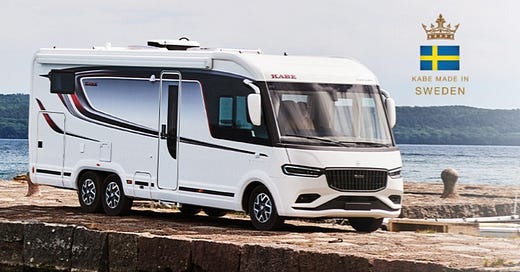When looking at cyclical businesses I want to have some certainty that the long term tailwinds are there. Recreational vehicles is a type of product which is rarely purchased but is gaining momentum when a certain stage of life is approached.
The COVID-19 period expanded the use of these vehicles when work from home and nomadic culture arose. Young prof…
Keep reading with a 7-day free trial
Subscribe to DB_Silver_Fox’s Substack to keep reading this post and get 7 days of free access to the full post archives.




